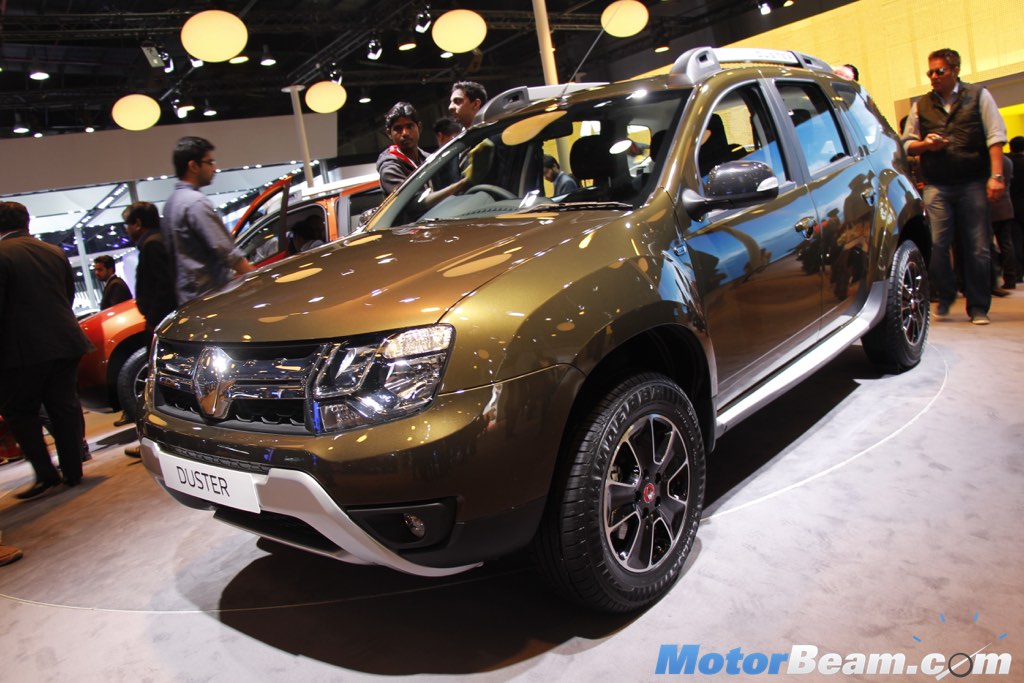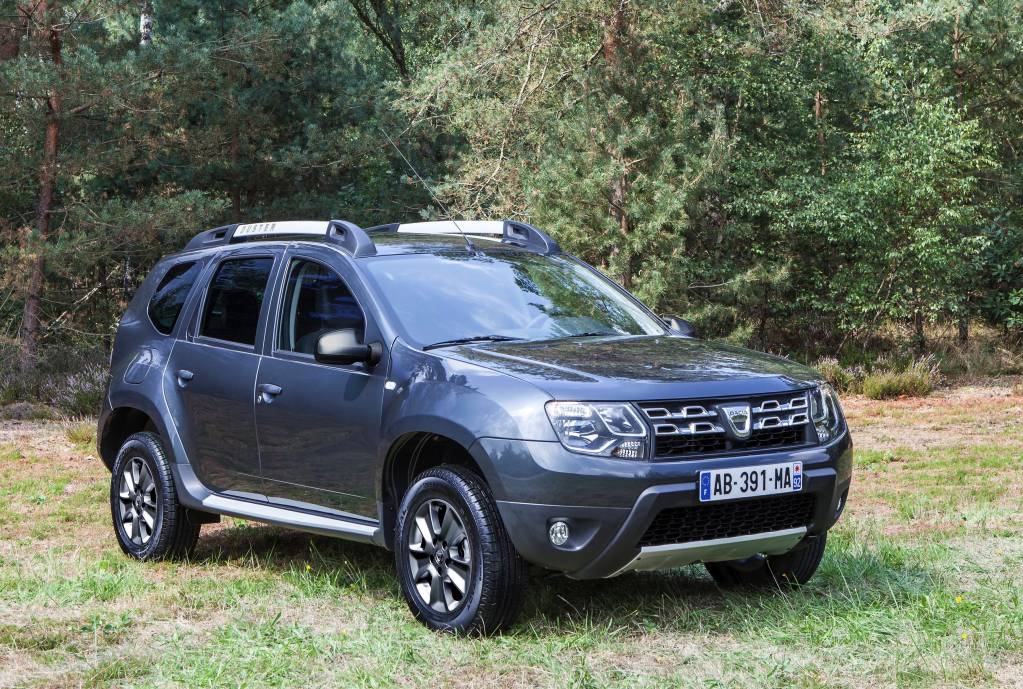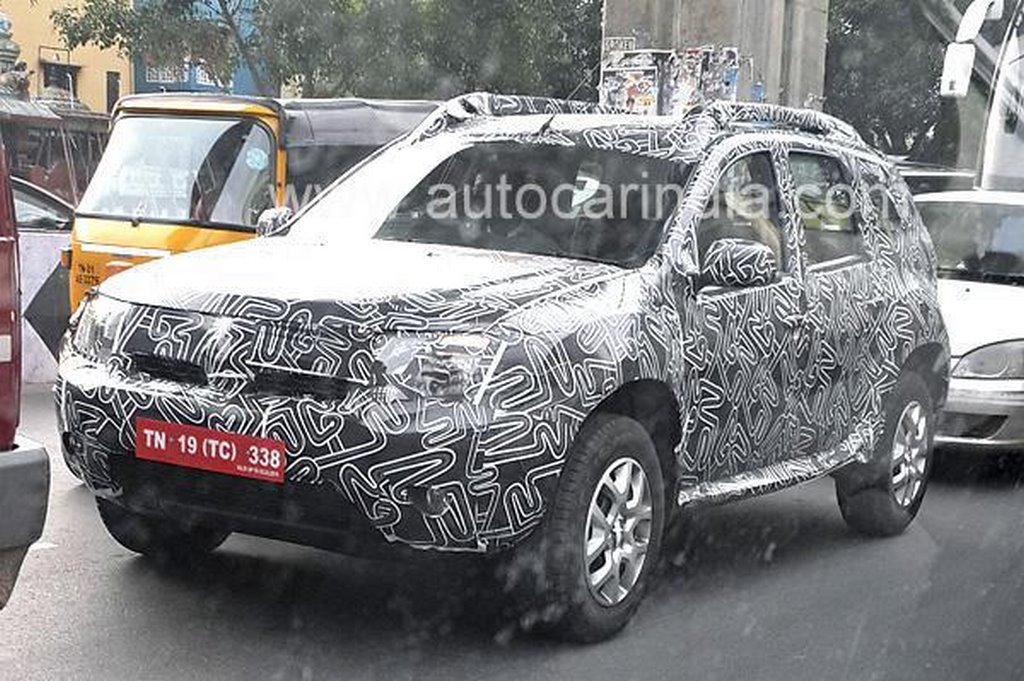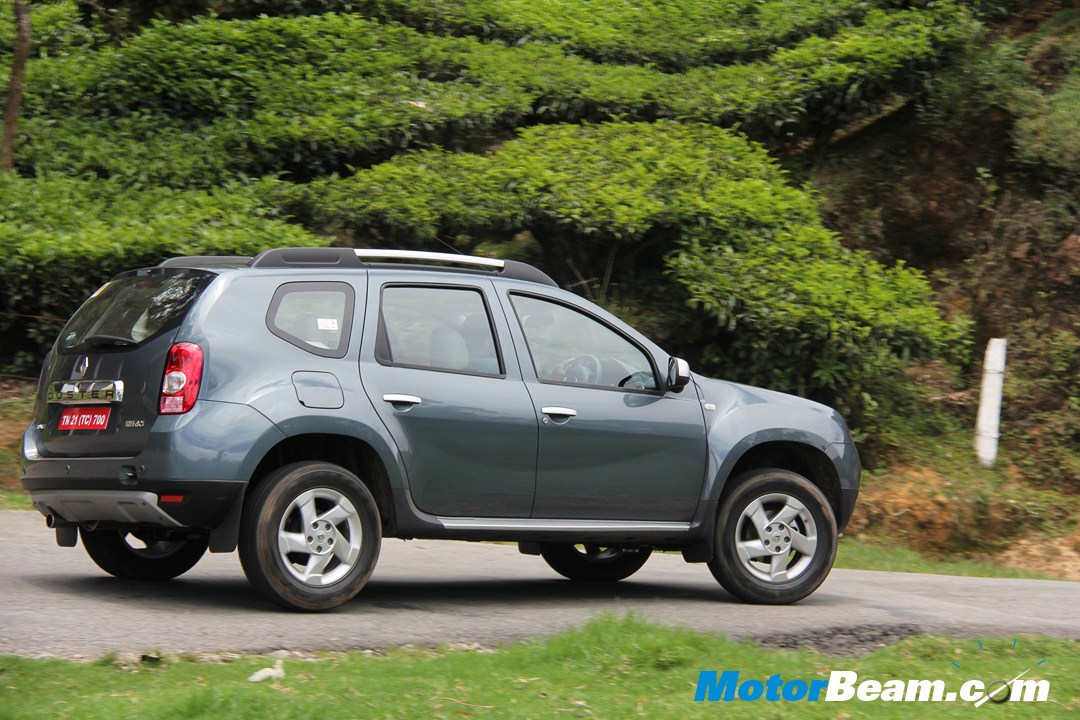
The other day I was watching a movie in which the hero travels India in a Renault Duster for a picturesque 4-minute title track. The title sequence was the best commercial for a Duster, and I want one now.
The Renault Duster was perhaps one of the most important cars in the Indian car industry! This was one of the first cars launched by Renault as part of the Renault-Nissan venture and boy was it a good one!
Back to basics
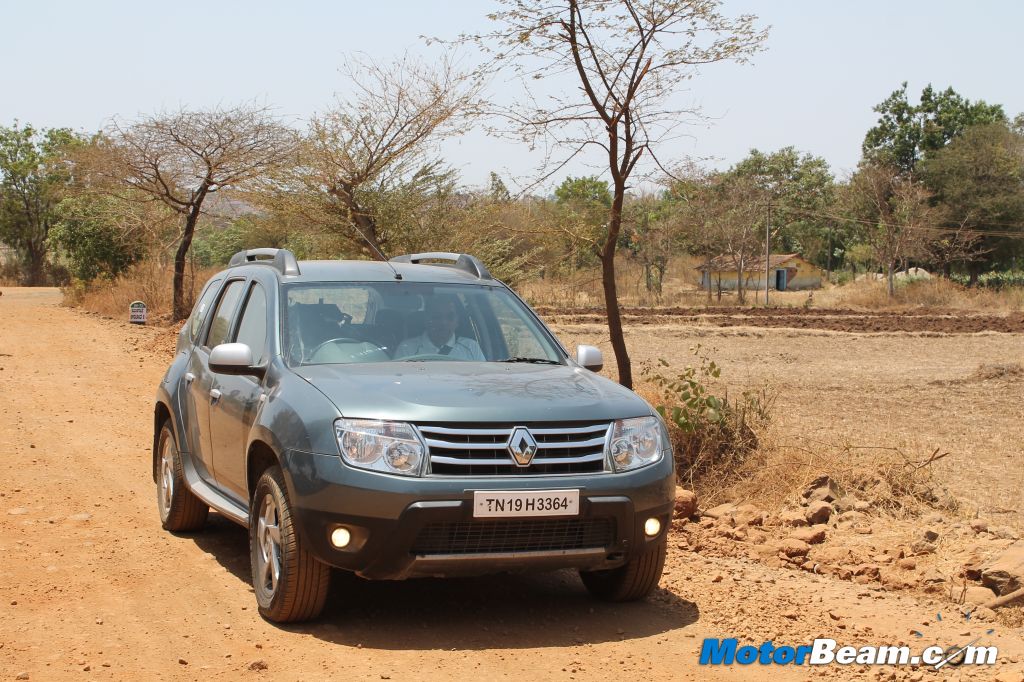
One of the things that makes this car stand out amongst the rest is its simple design. Renault did not change the design too much across its 10 year production run and as a result this silhouette has become really recognisable on Indian roads today.
Albeit this was an issue during its sales run, when competitors like Creta were really pushing to make the cars look as futuristic as possible in the late 10’s and early 20’s.
The Duster’s flared wheel arches, high nose, high ground clearance and chunky roof rails all made it look much more macho than any other car in its price range. This back to basics look is the reason why this car still looks good today, amidst an influx of cars designed with lesser and lesser curves.
For India, Renault added more bling in the form of chrome elements and jacked up the car by a few mm compared to the Dacia versions sold elsewhere and they helped further boost the appeal of this car.
Most importantly though, Renault cooked with the driving dynamics of this car. The car was very fun to drive and had a lot of grip. The suspension was also tuned really well to handle Indian roads, without feeling like a sponge at high speeds. The Diesel 110 PS had a bit of turbo lag below 2000 RPM but it wasn’t a deterrent to the overall appeal to this car. It looked like an SUV but drove like a car. A formula almost every SUV employs under Rs. 20 lakhs today.
Moreover, this car was reliable and robust! I vividly remember being in a test drive of the Duster, and the rep was encouraging us to take the car off-road a bit and push it . Cut to present day, when I tried to test drive the Safari and the car threw 4 different warnings before I could even get started!
This analog feeling is why I personally feel this car will and is aging really well in the market. The diesel is a very robust unit and spares are also easy to find because of how well this car sold.
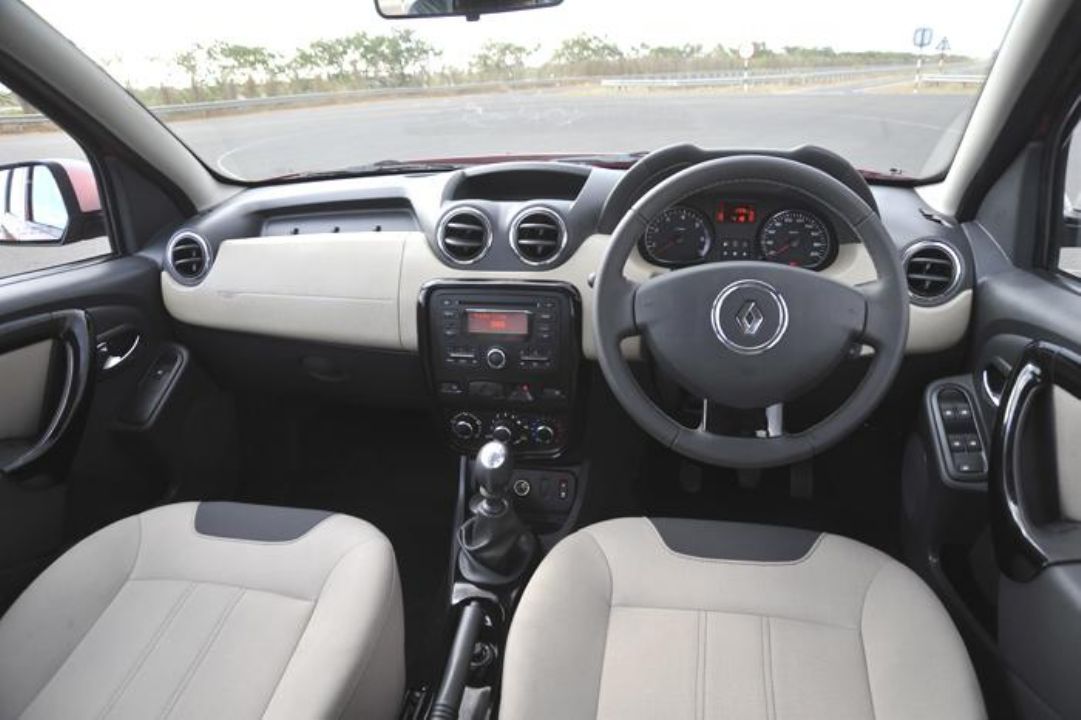
The back to basics mentality was also there inside, the fit and finish was not that great, even by 2012 standards. The dash was not designed with a touchscreen in mind and this is something that came back to bite Renault towards the latter editions. Renault also interestingly decided to keep the mirror toggle underneath the handbrake (very curious to know how much it saved them in production) and it was pointed out in every review!
But honestly, its so refreshing now to see a basic interior with just sufficient amount of features. No multiple high-res touchscreens, no capacitive climate controls, just buttons, switches and dials. Would I buy this interior new today? Nope, so I can understand the need to pack an Apple store inside the cars. But an analog interior like this has a certain rustic appeal to it!
Later versions and competition
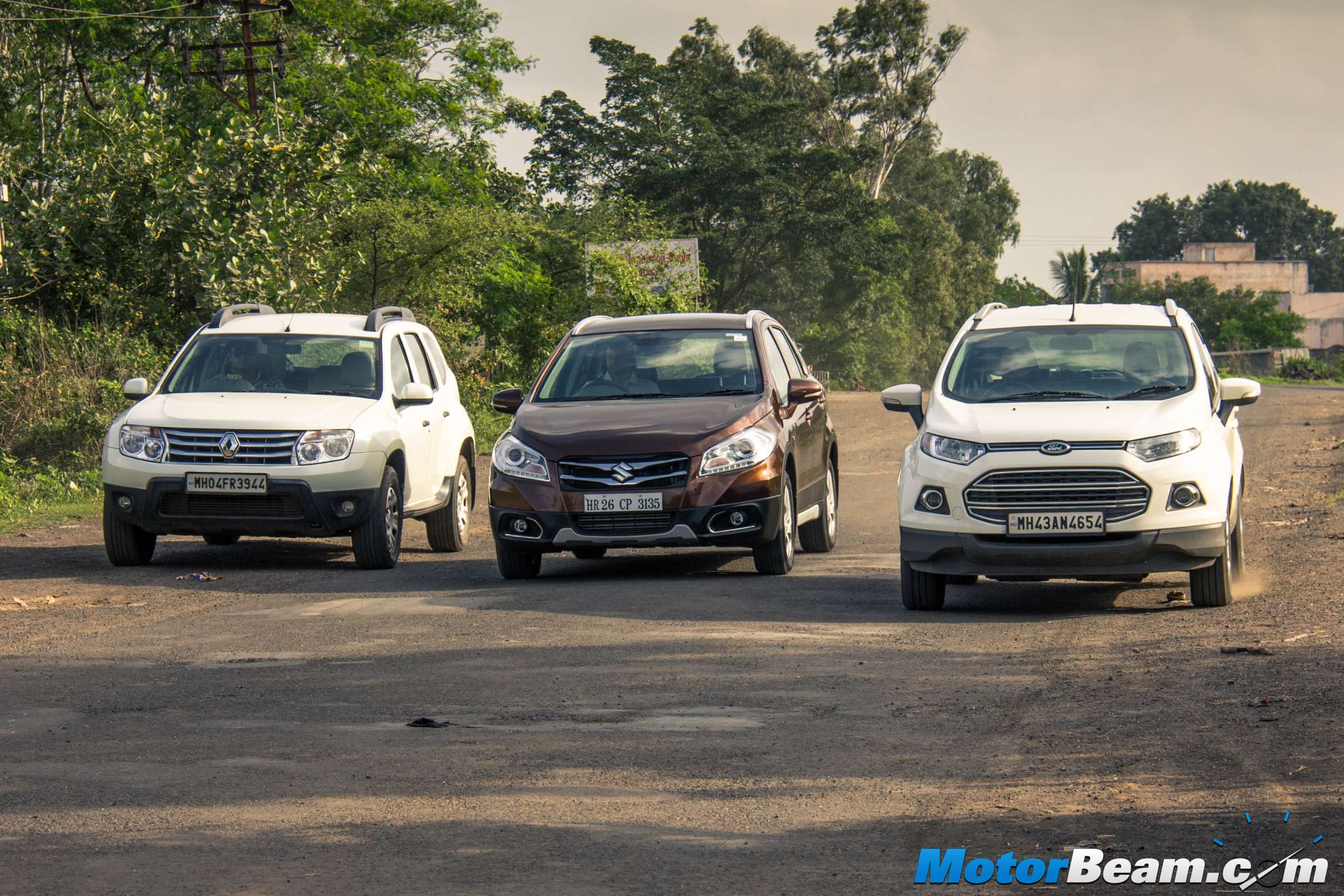
Ford moved first amongst the latecomers to the compact SUV segment. Within 8 months the EcoSport was launched and also formed its own cult very quickly. If anything, the Duster and EcoSport were 2 very different approaches to the CSUV mindset, one simplistic and one urban. The competition was starting to heat up.
Like the Duster, the EcoSport also solidified Ford’s position in India and they milked it for quite a while. The CSUV gold rush really helped both Renault and Ford gain market share in India at that time!
The Duster really was enjoying its position for 3 years, until tight competition came in 2015, with the Hyundai Creta and soon after with the Maruti Brezza. As far as I could remember, both Hyundai or Suzuki didn’t have similar offerings to the Duster or EcoSport internationally that they could pick up and drop into the Indian market. So they had to rush to build new models for this emerging market.
What resulted was 2 cars that fit the Indian consumer’s needs much better.
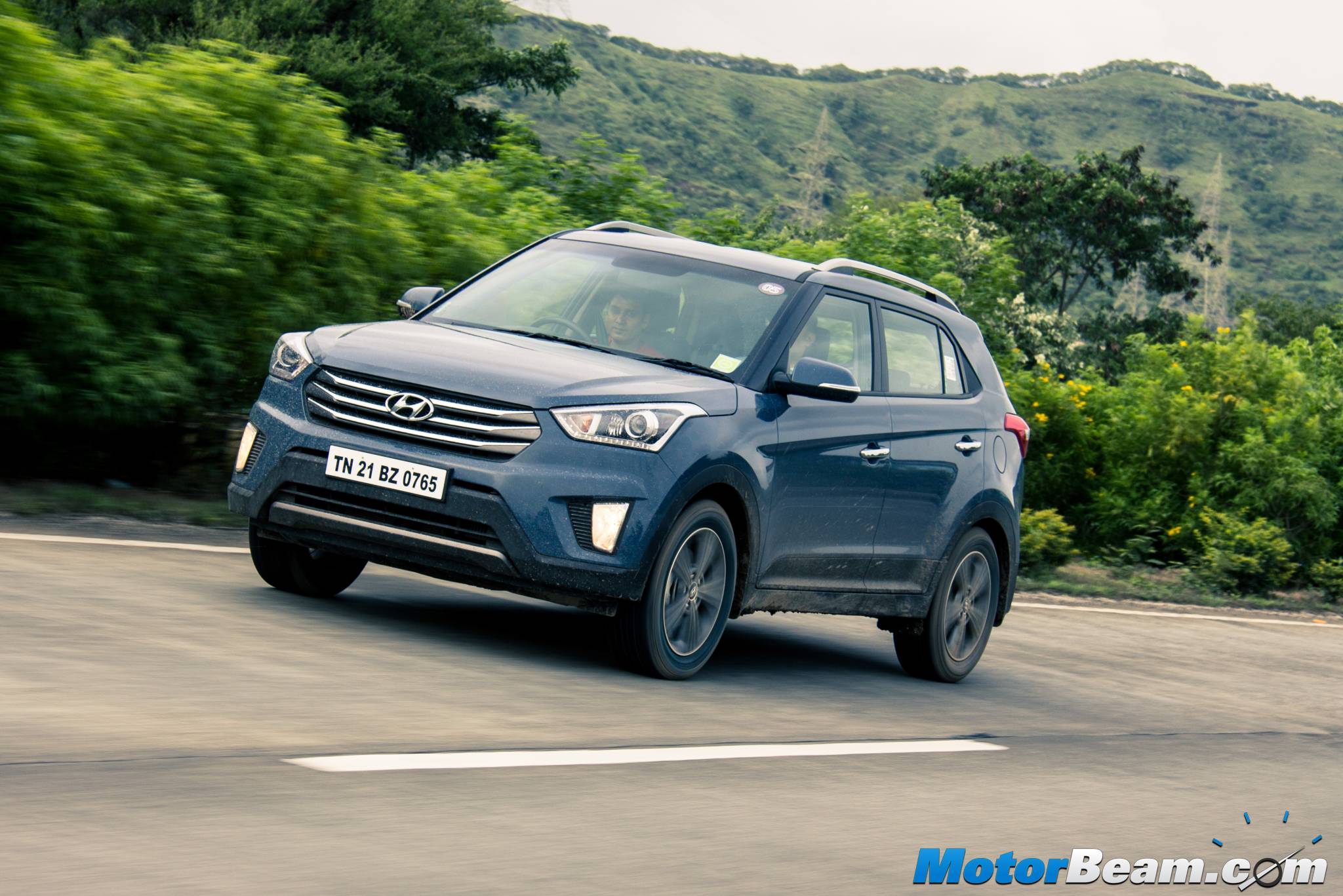
This is where our trusty Duster really missed the ball I feel. The competition was so strong and competitors were throwing money at this segment like anything and Renault really did not do much to the Duster.
Keeping true to the SUV form factor, they launched a 4×4 version in 2014, which saw limited sales and set an sad precedence, that probably led to multiple manufacturers avoiding a 4×4 version in this price range. But still, feature wise, the duster started to lag behind.
However, from a used car point of view, the limited changes also means that these cars have aged really well, as there isn’t much difference between the model years. However, the single facelift that this car got really stays close to my heart!
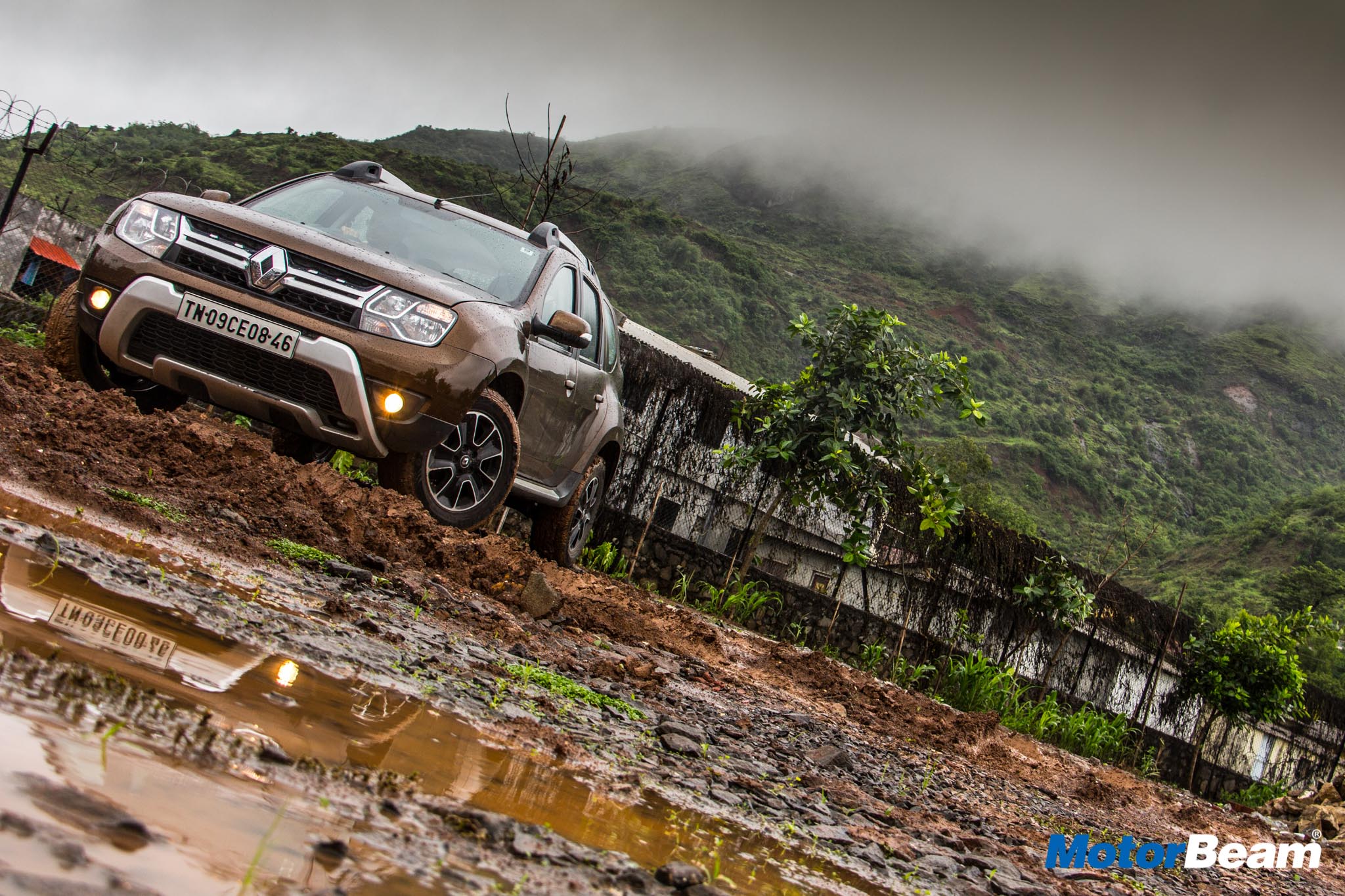
The exterior design of the duster facelift was really good. They added design elements the uplifted the car’s presence and added smoked alloy wheels that really accented the car’s looks. Not to mention the satin bumper element that reminds me of a scuff plate. Once again, the car’s basics in terms of looks were strong and so really, Renault did not have to do much in this regard.
Where this guy fell short of against the new kids was in features. Alluding to the basic dash design, this car really did not have a proper place to keep a touchscreen and realistically was not as ergonomic as the Creta or the Brezza or even the later versions of the EcoSport.
Hyundai especially, was and is really good at interior design and the upmarket feel is something the Duster didn’t deliver in its later versions. Renault tried to ‘Captur’ that upmarket segment with the Captur but it really didn’t do well and made its own lineup crowded, if anything else but that’s another story for another day.
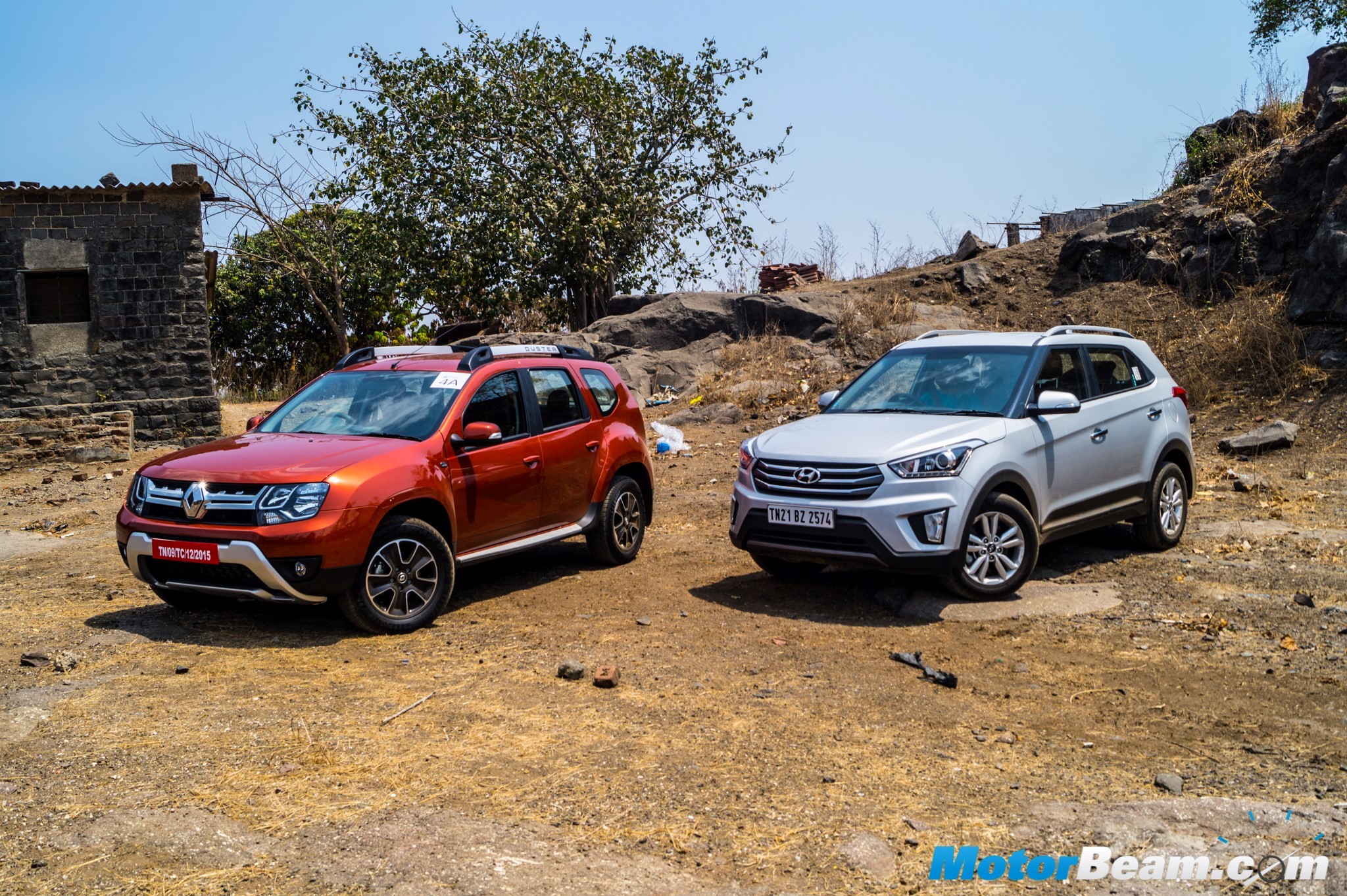
After 2016, the popularity slowly dwindled. An AMT version was added and even a CVT. But realistically, others had caught up and Renault started falling behind. The final nail in the coffin to this lovely car was the BS6 rules, that killed the diesel engine. Yeah the petrol was good and was well received by many but the original diesel was the classic. In 2022, the Duster was phased out and it’s colourful legacy in India came to an end.
The new generation Duster is set to launch in India in the coming months but I want to focus on the legacy of the Duster as it stands today. If you watch the reviews of this car back in 2012, you’d realise that this car was not perfect by any means.
However, it created a segment at the right time, nailed the underpinnings and basics and captured the imagination of Indian audience with good marketing as well!
Later versions of the Duster tick most of the boxes a car today needs to daily also and would make great buys in the used market, I’d honestly love a 4×4 Duster manual with the post 2016 exterior design. It would be the perfect car to daily and go on road trips that go beyond just asphalt!


